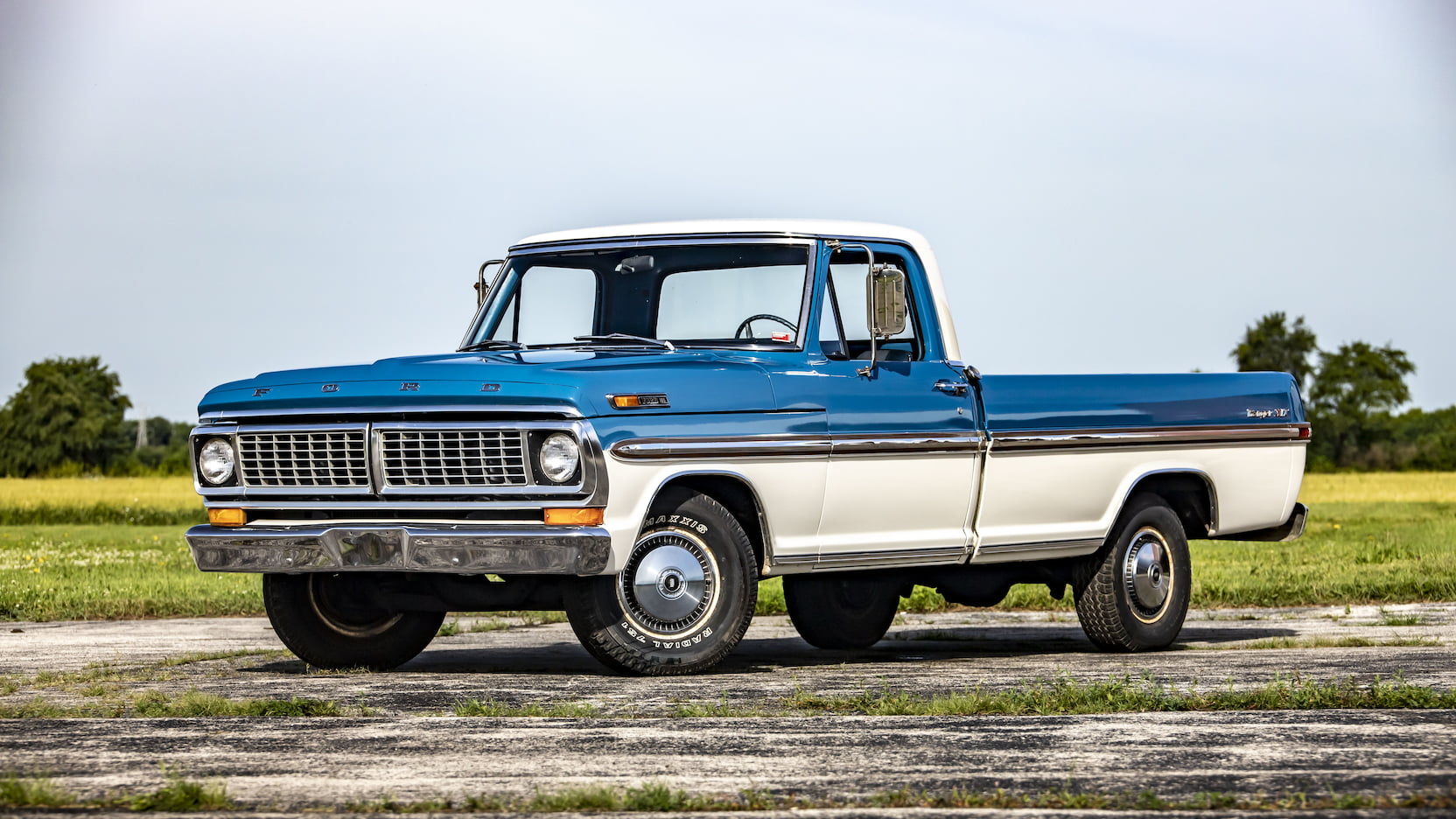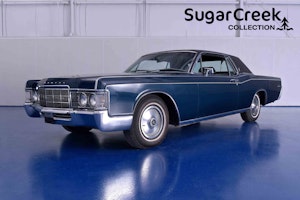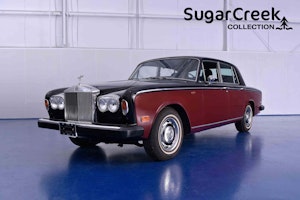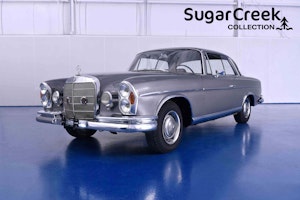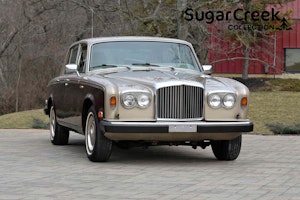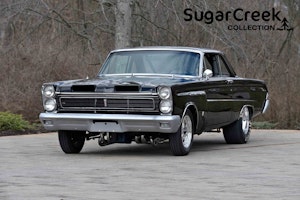Media | Articles
Mid-1960s–early ’70s trucks have cooled, but values remain strong
It’s no secret that classic pickup trucks have been gaining in popularity the last few years. The question is, can the same be said for their values?
We decided to compare three pickups built from the mid-1960s to the early ’70s that have average #2 (Excellent) values within $1000 of each other: the 1965–71 Dodge D/W Series ($22,300), 1967–72 Chevrolet C/K Series ($21,200), and 1967–72 Ford F-Series ($21,600). The most recent Hagerty Price Guide update reveals that the value escalation has slowed, but not necessarily stopped, and buyers have begun to look at “less desirable” configurations that are more affordable.
Big Three pickups
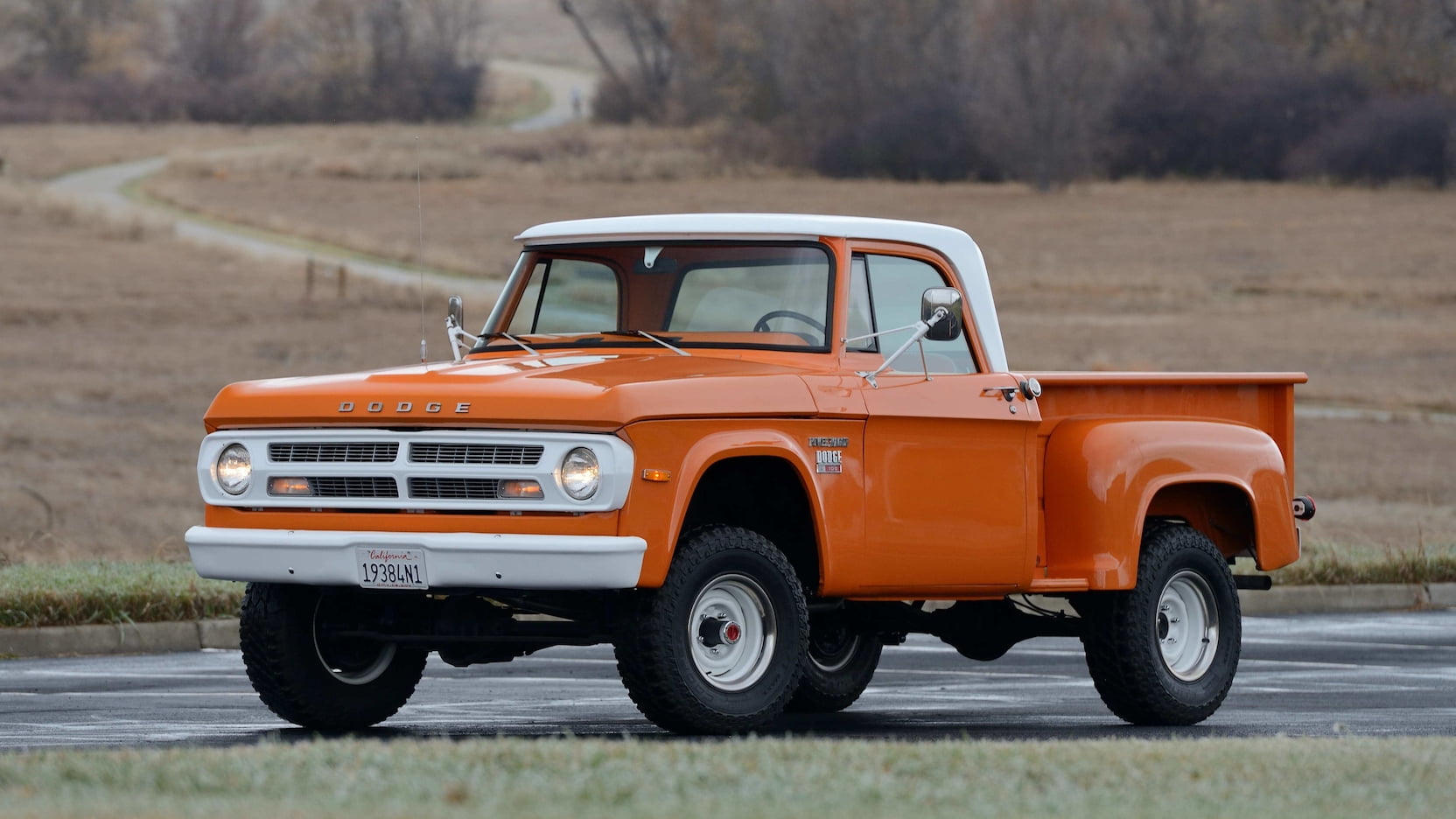
In 1961, Dodge introduced the most radically changed pickups in its history. Most notably, the new models utilized Chrysler’s all-new Slant Six engine, which was standard in all light duty pickups. Marking a drastic departure from the past, the all-new Sweptline (wide bed) design featured large flat panels broken up by a sweeping crease in the rear of the cargo box. Integrated cab steps were concealed by the doors, and a full-width hood featured faux hood louvers.
Marketplace
Buy and sell classics with confidence
The generation’s first major styling change arrived for 1965, when the front fascia was changed from a dual-headlight configuration to a framed single headlight on each side, incorporated into a full width grille. A Custom Sports package was offered until 1968, when it was replaced by the Adventurer package.
While the Adventurer wasn’t as sporty, it had greater market appeal as a well-equipped luxury truck, with a car-like interior and comfort amenities such as carpeting and door panel armrests. The Adventurer proved to be a successful package for Dodge, and the company offered it into the 1980s.
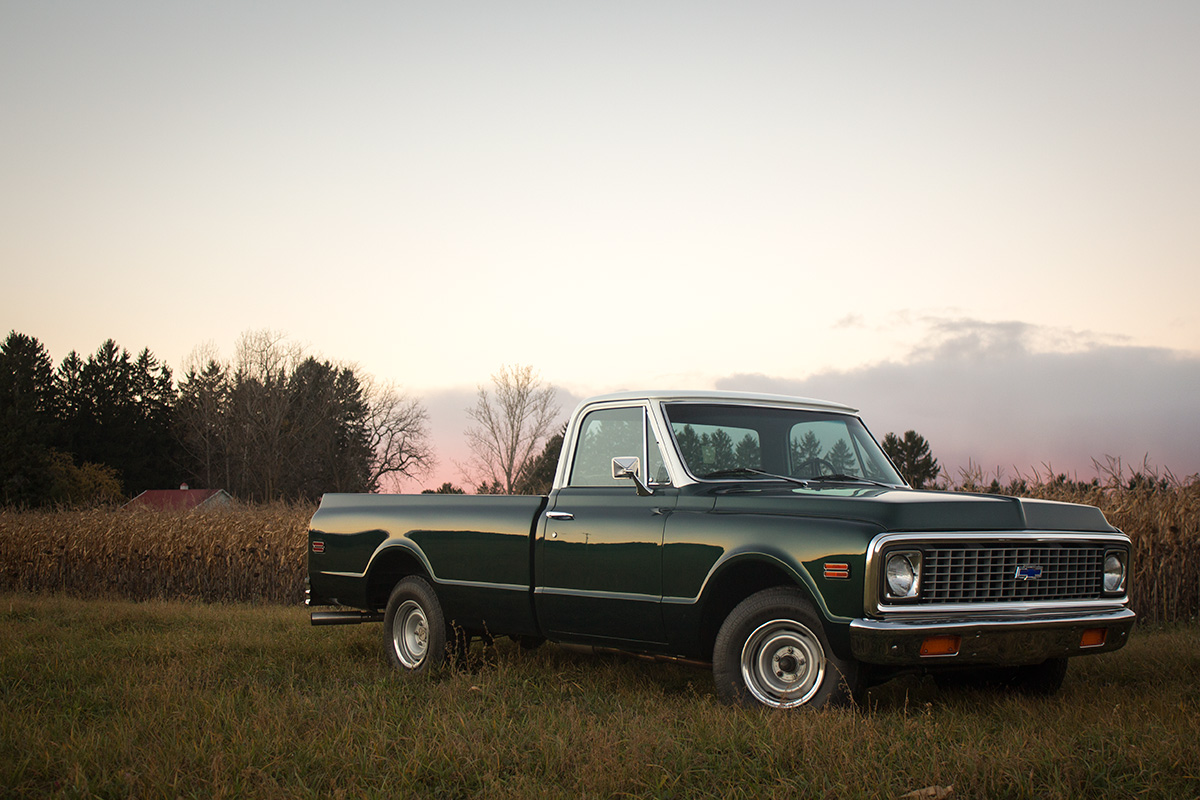
Some of the most beloved collector trucks in existence, 1967–72 Chevrolet C10 and K10 pickups are not only good looking, they’re well-built, they perform like champs in modern traffic, and there are plenty of them out there, which bodes well for replacement parts.
Building on the successful first series of C/K pickup, Chevrolet launched a revised version in 1967. Coil springs remained at all four corners beneath the restyled 1967 Chevy C10, but crisp, clean sheetmetal appeared on the outside; some thought the new Chevy looked even more modern than its half-ton Ford rival, which was also updated that year. Both Stepside and Fleetside availability carried over from 1966, and revised grilles continued through 1972.
The 1967 and ’68 model years are each unique; the 1967 C/K trucks had a small rear window and a cleaner look with no side marker lights, while the 1968 C/K pickups continued to use the grille that was integrated into the front fascia, with minimally intrusive side marker lights and a large back window. While the 1969 and ’70 C10 and K10 models look alike to most people, the ’69 was the first to feature the 350-cu-in Chevy small-block V-8 as an option, and the ’70 was the first with the Mark IV 402 big-block (although it was marketed and badged as a 400).
The 1971–72 Chevy pickups tend to be the most popular, with a large egg-crate grille and further refinements like front disc brakes.

While Ford’s line of light-duty trucks looked all new in 1967, the pickups were based on the previous generation’s architecture (1961–66) but with new styling. Prominent features included a pronounced horizontal crease bisecting the bodywork, straight-edged wheel-well openings, and a more intricate grille assembly. Trim levels were standard cab, Custom Cab, and Ranger.
Powertrain availability continued from the previous year, but in 1968 the 352-cu-in Y-block was dropped and replaced with 360- and 390-cu-in V-8s. The small-block 302 V-8 was added to the option list for 1969. In 1970, a new grille structure and the introduction of the upgraded XLT arrived, along with a spring special Explorer package.
Models for 1971 offered a few minor trim changes, and the chrome front bumper and bright aluminum grille became standard, ending the era of painted grilles for Ford entry-level pickups.
Values are still rising, but slowly

Gone is the time (for now, at least) when many pickups saw their values jump by leaps and bounds each quarter—and for certainly the three trucks we’re focusing on. They’ve all slowed down. Of course, that doesn’t mean they aren’t still rising.
“Like with every big run up—take Broncos, for instance—there’s a cooling-off period after big jumps, and it looks like we’re in that period now with some of the trucks,” says Hagerty valuation expert James Hewitt. “The big surges seem to be a thing of the past, but prices continue to slowly increase.
“Overall, growth for those three pickups was only 0–3 percent from 2017–18, then the following year it jumped 13 percent for the Dodge, 16 percent for the Ford, and 12 percent for the Chevy. Gains haven’t been as significant through the early part of 2020; in fact, the Chevy was the only one to gain value in the January price guide—and that was 4 percent. Still rising, obviously, but it’s slowing.”
The most expensive…

The highest-valued truck in this group is the 1965 Dodge D100 Sweptline Custom Sports Special with a 365-horsepower, 426-cubic-inch, four-barrel V-8. The pickup carries an average #2 price of $49,500 and a #3 (Good) value of $27,100.
The top Chevy among these trucks is a 1971 K10 Fleetside 4×4 with the 250-hp/350-cu-in V-8, which is valued at $33,500 in #2 condition and $19,200 in #3.
Ford’s highest-valued pickup among the group is a 1971 F-100 Ranger XLT Styleside Short Bed) 4×4 with 165-horse/300-cu-inch six-cylinder engine, which is worth $27,500 in #2 condition and $16,900 in #3. Yes, it’s more valuable than an eight-cylinder version—not significantly more, but more.
…and some less-expensive alternatives

It should come as no surprise that as pickup truck values have risen, bargain hunters have turned to “less-desirable configurations” to stretch their budgets. That means stepside, long bed, two-wheel drive.
Hewitt says when it comes to two-wheel drive vs. four-wheel drive, two-wheel-drive prices are significantly lower: 18 percent less for Dodge, 15 percent less for Chevy, and 7 percent less for Ford. And comparing Stepside vs. Fleetside (or the appropriate term for the given manufacturer), a Dodge Utiline is worth about 11 percent less than a Sweptline; a Chevrolet Stepside is worth about 6 percent less than a Fleetside; and a Ford Flareside is worth about 13 percent less than a Styleside.
Among cheap pickup truck alternatives, Ford is the least expensive. The most affordable is the 1968–69 Ford F-350 Flareside Long Bed with a 150-hp/240-cu-in six, which has a #2-condition value of $14,700 and a #3 value of $9K.
“Buyers have been looking to the cheaper two-wheel-drive Ford trucks lately, and while their prices have been rising, they’re still pretty inexpensive,” Hewitt says. “From 2019 to 2020, the median #2 value of a two-wheel-drive Ford increased 14 percent.”
Chevrolet’s cheapest low-cost alternative is the 1967–68 C30 Stepside with 155-hp/250-cu-in six, valued at $16K for a #2 example and $10.5K for a #3.
As for Dodge, the bargain answer to the 1965 D100 Sweptline Custom Sports Special is the 1965–68 Dodge D300 Utiline (Utility Line) with 140-hp/225-cu-in six-cylinder engine, which is worth $16,400 in #2 and $9300 in #3.
Outlook

Truck values may not repeat the rapid rise that they experienced during the last couple years, but, most likely, they’ll never cool below lukewarm, and the prices are here to stay. Once considered utilitarian, pickup trucks’ history, simplicity, and cool factor will probably never go out of style.
As for their values, every big run-up is followed by a cooling off period when buyers grow accustomed to “new normal” prices. And while the above examples have slowed, they’re holding steady or—in the case of 1967–72 Chevy C/K trucks—are still rising, just not as quickly as they once were. Once the higher prices become the standard, values may start to increase again. The good news is, if you can’t afford one with all the bells and whistles, there are plenty of more rugged, more affordable alternatives that fill the bill. Arguably, in the end, these are the examples that best represent what made American trucks appealing in the first place.
